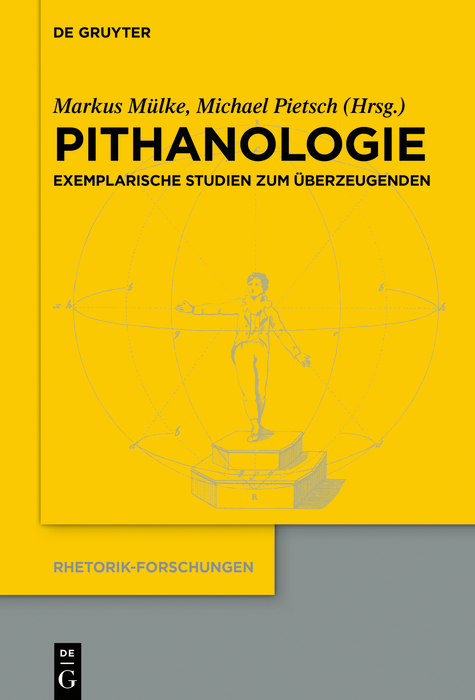1. Toward an Integrated Genome-Based Surveillance of Salmonella enterica in Germany
- Author
-
Laura Uelze, Natalie Becker, Maria Borowiak, Ulrich Busch, Alexandra Dangel, Carlus Deneke, Jennie Fischer, Antje Flieger, Sabrina Hepner, Ingrid Huber, Ulrich Methner, Jörg Linde, Michael Pietsch, Sandra Simon, Andreas Sing, Simon H. Tausch, Istvan Szabo, and Burkhard Malorny
- Subjects
Salmonella ,surveillance ,food-borne disease outbreak ,whole genome sequencing ,cgMLST ,Microbiology ,QR1-502 - Abstract
Despite extensive monitoring programs and preventative measures, Salmonella spp. continue to cause tens of thousands human infections per year, as well as many regional and international food-borne outbreaks, that are of great importance for public health and cause significant socio-economic costs. In Germany, salmonellosis is the second most common cause of bacterial diarrhea in humans and is associated with high hospitalization rates. Whole-genome sequencing (WGS) combined with data analysis is a high throughput technology with an unprecedented discriminatory power, which is particularly well suited for targeted pathogen monitoring, rapid cluster detection and assignment of possible infection sources. However, an effective implementation of WGS methods for large-scale microbial pathogen detection and surveillance has been hampered by the lack of standardized methods, uniform quality criteria and strategies for data sharing, all of which are essential for a successful interpretation of sequencing data from different sources. To overcome these challenges, the national GenoSalmSurv project aims to establish a working model for an integrated genome-based surveillance system of Salmonella spp. in Germany, based on a decentralized data analysis. Backbone of the model is the harmonization of laboratory procedures and sequencing protocols, the implementation of open-source bioinformatics tools for data analysis at each institution and the establishment of routine practices for cross-sectoral data sharing for a uniform result interpretation. With this model, we present a working solution for cross-sector interpretation of sequencing data from different sources (such as human, veterinarian, food, feed and environmental) and outline how a decentralized data analysis can contribute to a uniform cluster detection and facilitate outbreak investigations.
- Published
- 2021
- Full Text
- View/download PDF








